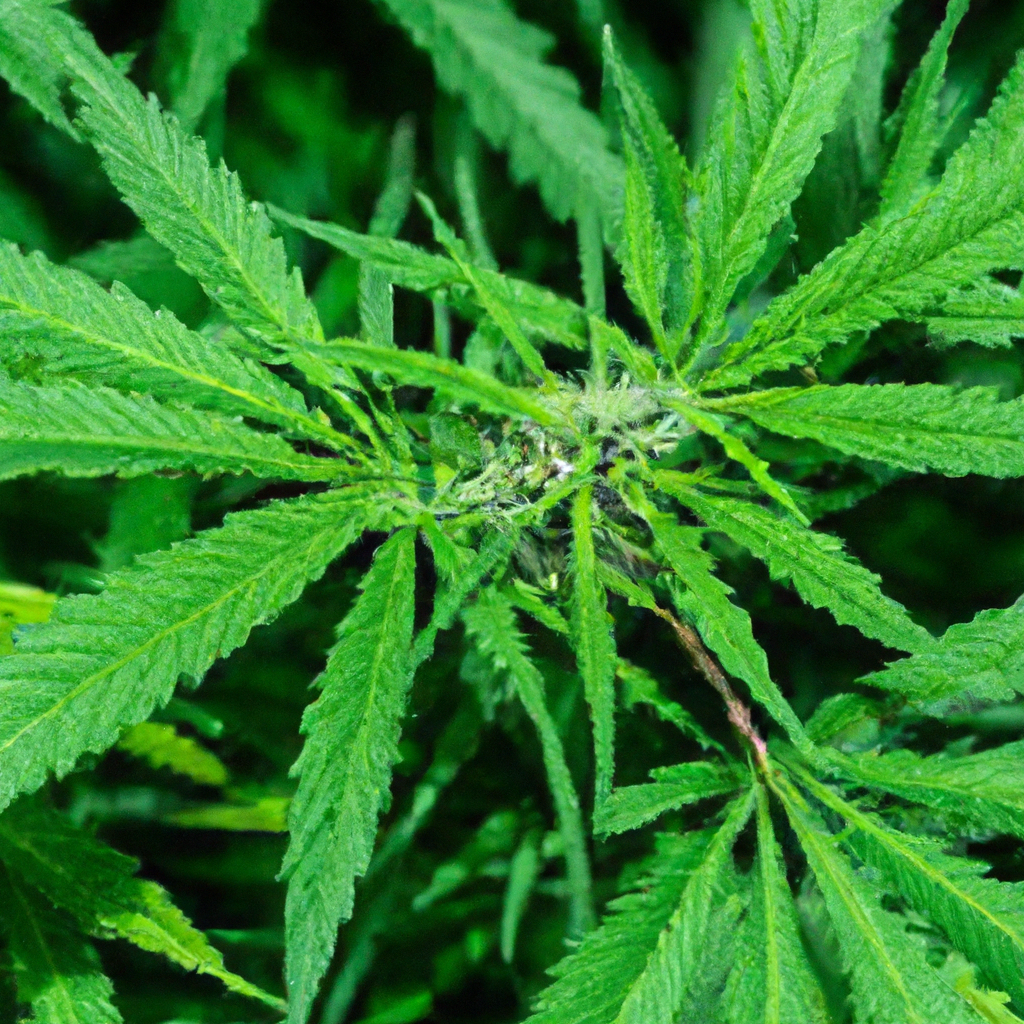Welcome to another in-depth exploration from John “Magic” Greenleaf’s extensive knowledge archive. As we traverse the innovative landscape of cannabis cultivation, today we’re delving into the transformative world of sensor technology. From guiding irrigation to optimizing harvests, sensors are revolutionizing how we cultivate, understand, and benefit from cannabis.
Introduction: The Sensor Revolution in Cannabis Cultivation
As a cannabis cultivator with over 30 years of experience, I’ve seen technology transform the way we grow cannabis. Sensor technology is a game-changer, providing real-time insights into plant health and growing conditions. These tools allow us to make informed decisions, ensuring the best possible yields and quality.
Section 1: How Cannabis Sensors Work
Cannabis sensors gather data on every critical aspect of cultivation. Here’s how they contribute:
- Environmental Monitoring: Sensors track temperature, humidity, CO2 levels, and light intensity, helping maintain ideal growing conditions.
- Soil and Water Sensors: These devices monitor soil moisture and nutrient levels, preventing over-fertilization or under-watering.
- Pest and Disease Detection: Advanced sensors detect early signs of pest activity or disease outbreaks, allowing for timely intervention.
Section 2: Advantages of Implementing Sensors in Cannabis Cultivation
Utilizing sensors in cannabis cultivation brings several firsthand benefits, including:
- Enhanced Yield: With precise data, you can optimize each phase of the growth cycle, leading to increased productivity.
- Improved Quality: Monitoring and adjusting environmental factors in real-time focuses resources on enhancing plant health and cannabinoid profiles.
- Resource Efficiency: Sensors reduce resource waste by ensuring optimal use of water, nutrients, and lighting, promoting sustainability.
Section 3: Real-World Example: Mile High Mystique
Mile High Mystique, one of my hybrids known for its lavender and earthy flavors, has benefited significantly from sensor integration. By monitoring terpene development with specific sensors, we’ve achieved a more complex profile, skyrocketing its market appeal.
Conclusion: Embrace the Sensor Advantage
Incorporating sensor technology into your cultivation practices is not just about embracing modernity; it’s about amplifying growth potential and sustainability. With real-time data, the cultivation process becomes precise, replicable, and more efficient, producing consistent high-quality cannabis that the market and consumers demand. Whether you’re a hobbyist or a commercial grower, sensors offer new dimensions to achieving excellence.
So, embark on the sensory journey of cannabis cultivation. Remember, “Healthy roots, healthy buds, happy harvests.”
Visit MagicGreenGrow.com for more insights and guidance.
“Growing greatness, one strain at a time.”
Tags: Environmental Control, High-Yield Optimization, Sensor Technology, Sustainable Cultivation


Leave a Reply